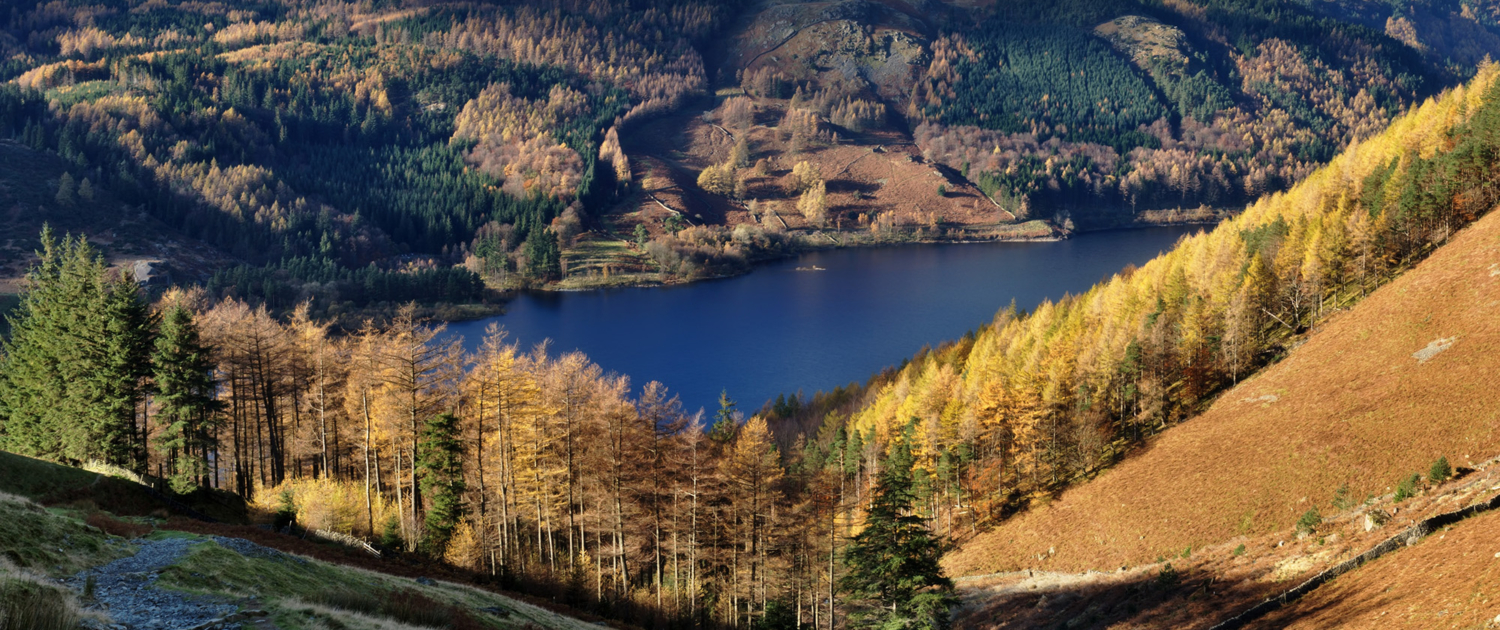Land use conflicts in glaciated upland areas in the UK
A land use conflict occurs when the activities of two groups of people are incompatible. Conflict can develop in relation to various land uses in addition to tourism.
Military Training
You pilots flew at high speeds around pyramidal peaks and into glacial troughs during the Second World War. The exercises were very hazardous: 51 lives were lost due to six military aircraft crashing into the mountains of Arran, Scotland, in the 1940s. Today, some walkers object to the noise produced by training military aircraft in areas such as the Lake District. Additionally, some glaciated upland environments are used for military training resulting in reduced accessibility.
Reservoirs
U-shaped valleys can be dammed to create deep, vast reservoirs to support hydroelectric power production. This can impact communities as people are forced to relocate.
Wind Turbines
Upland, exposed environments provide significant potential for wind production. Tourists and walkers may object to these as some feel they spoil the natural environment.
Hunting
Many upland glacial environments in Scotland are privately owned, where hunting is allowed. Many nature lovers are opposed to hunting.
Forestry
Coniferous tree plantations are common in upland areas as they are fast-growing and are adapted to climatic conditions. Soft coniferous tree wood has many vital uses. However, conifer plantations block views and acidify the soil. Often, the trees are planted close together, restricting light from reaching the forest floor. This results in few animal or bird species living there. Additionally, after logging has occurred, there is no vegetation to intercept rainfall, leading to increased soil erosion and raising the risk of localised flooding.
How can development and conservation needs be balanced in glaciated upland areas in the UK?
Many people living in upland areas want economic opportunities and more employment, but not at the expense of the environment. It is possible to achieve a compromise between economic development and the protection of the environment by adopting strict management to ensure the protection of ecosystems. Management measures can include:
- Managing visitor numbers by setting limits so that the environment’s carrying capacity is not exceeded.
- The use of signage to show people areas that are out of bounds.
- Seasonal closure, e.g. during the winter, to allow sites to recover.
- Restricting activities, such as the use of motorbikes and riding horses. Camping can also be restricted to designated areas.
Related Topics
Use the images below to explore related GeoTopics.



